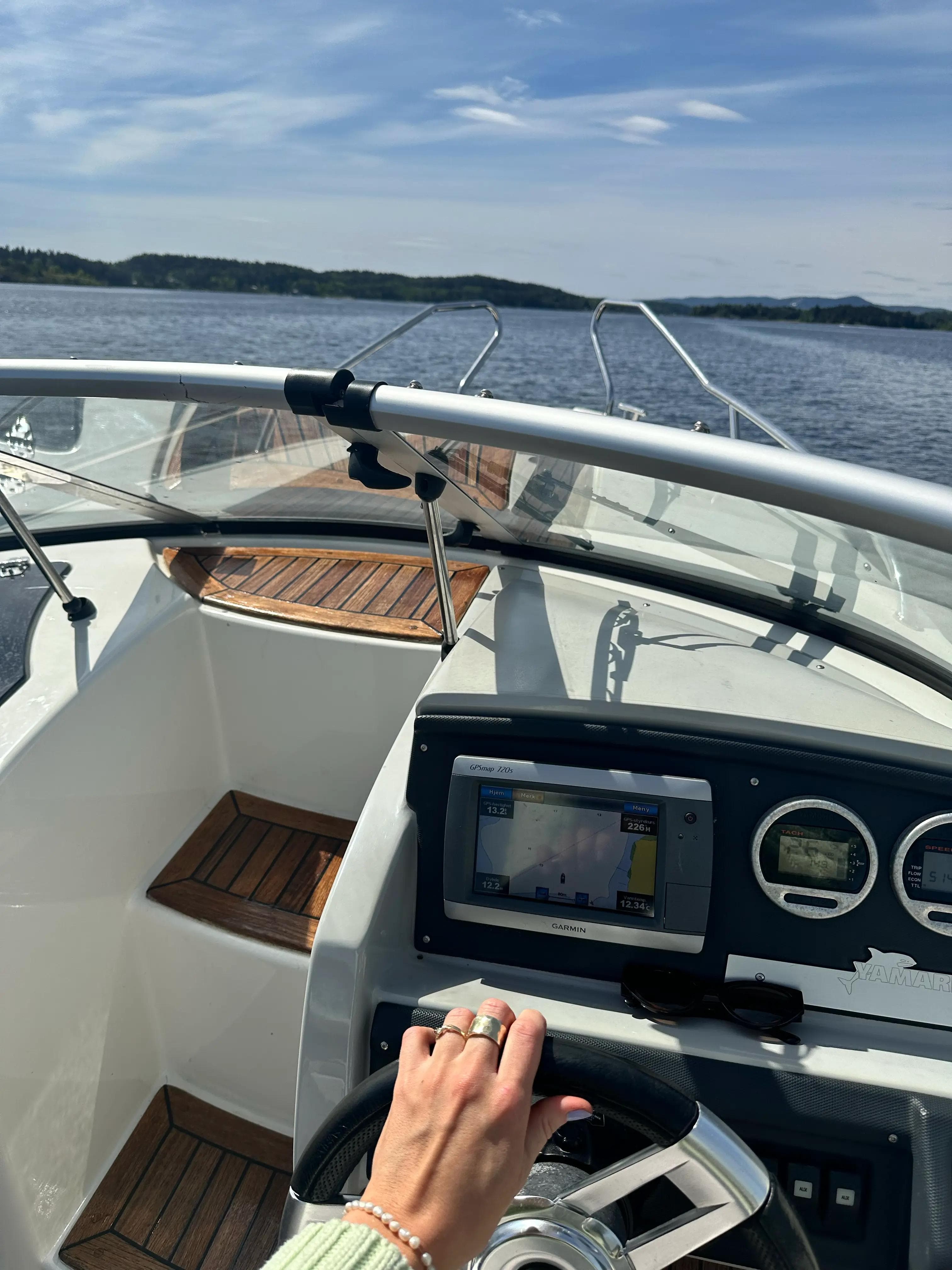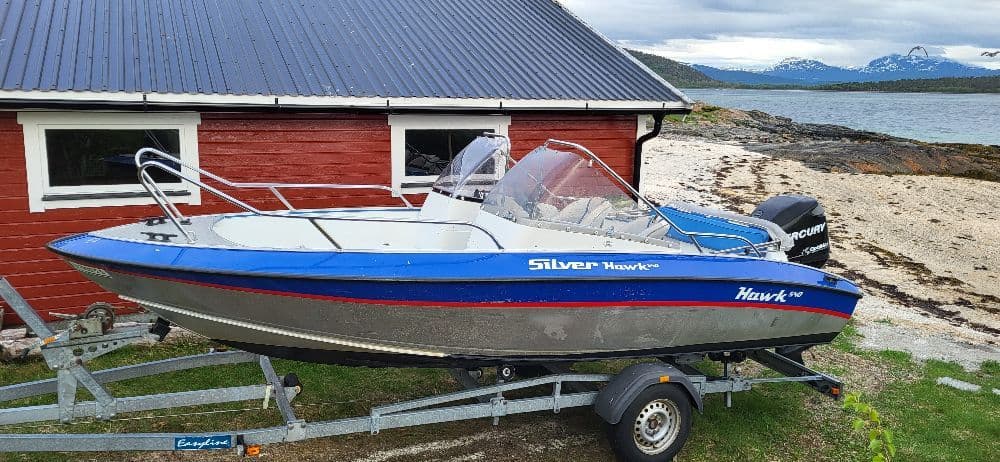What Are Cardinal Marks? A Simple Guide to Safe Navigation
What Are Cardinal Marks?
A cardinal mark is a sea mark that tells you which side of the mark is safe to pass. The name comes from the four cardinal directions (north, east, south, west), and the marks are divided into four types:
- North mark – pass on the north side
- East mark – pass on the east side
- South mark – pass on the south side
- West mark – pass on the west side
Their purpose is simple: they guide you away from hazards like reefs, rocks, or other obstacles.
How to Recognize Cardinal Marks
Cardinal marks have black and yellow patterns, and on top are black cones pointing up or down depending on the cardinal direction.
A common memory trick is:
- North: both cones point up (like an arrow pointing north)
- South: both cones point down
- East: cones point away from each other (like an “egg”/E for east)
- West: cones point toward each other (like a “waist”/W for west)
They also often have flashing lights at night, following a pattern to help you identify them in the dark.
Why Are Cardinal Marks Important?
Cardinal marks help you feel safer at sea, even in waters you don’t know. They save many propellers (and perhaps a few skippers’ pride) every year.
They are also universal – the principles for north, south, east, and west apply all over the world. If you can read cardinal marks, you’re ready for Oslofjord, the Mediterranean, or anywhere else.
Summary
Cardinal marks are the sea’s traffic lights – showing you where it’s safe to go and where to stay away.
So next time you see a black-and-yellow mark with cones on top, you’ll know how to interpret it.
And by the way: at Ship O’Hoi, we make it easy to get out on the water – whether you want to rent a boat, kayak, or jet ski. Knowing your sea marks just makes the adventure even safer and more fun. 🚤🌊




